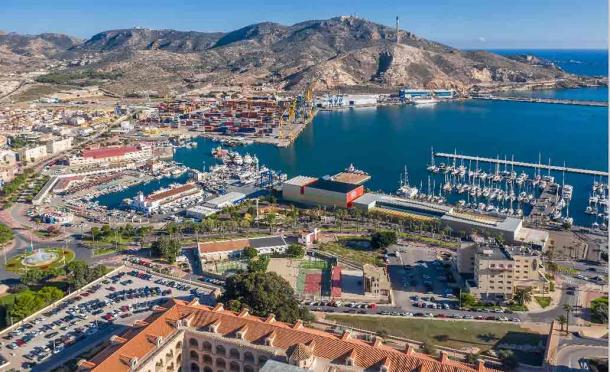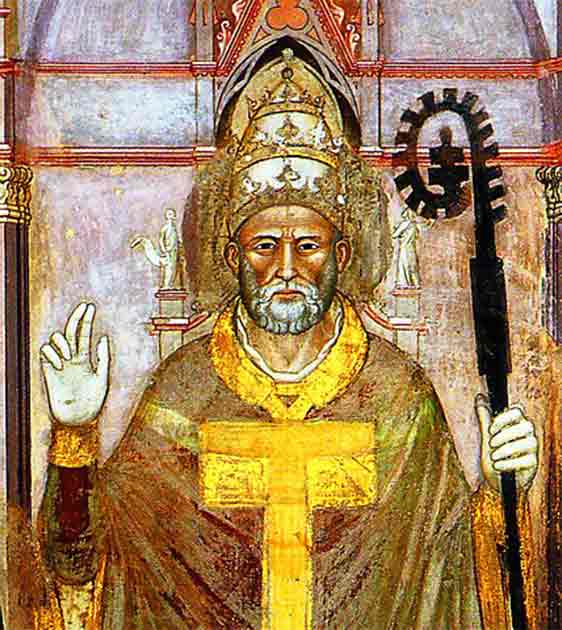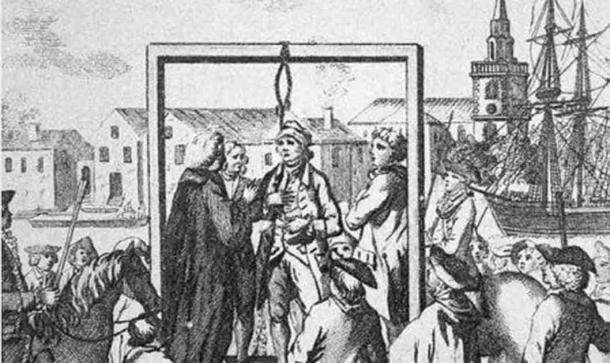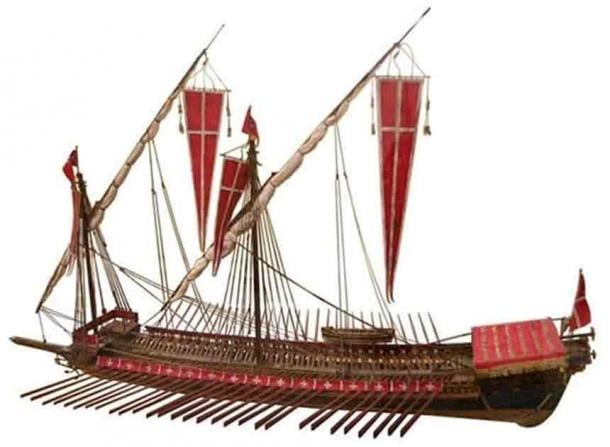The Unusual Account of a Pope, a Pirate, and the Treasure of a Dead Bishop

Documents published from the Vatican archives in 2014 revealed an incredible tale of pirate attacks and corruption involving a 14th century bishop, whose lifelong accumulation of treasure was accosted by pirates on the way to Avignon, France, where Pope Innocent VI was based. One of the pirate ships ran aground and the pirates as well as a portion of the treasure was captured. The pope took the treasure and used it as gifts for royalty and to pay soldiers, courtiers and other staff.
According to Live Science, the medieval tale was recorded and stored in the Vatican archives and was published in a book titled ” The Spoils of the Pope and the Pirates, 1357: The Complete Legal Dossier from the Vatican Archives” (The Ames Foundation, 2014), edited by Daniel Williman, a professor emeritus at Binghamton University, and Karen Ann Corsano, a private scholar.
Papal Complicity and Blind Eye
According to the historical account, a French bishop named Thibaud de Castillon acquired a hoard of treasures through ‘commercial activities’ in the Mediterranean and Atlantic including various kinds of speculative trading and dodgy dealing. While the bishop was not required to take a vow of poverty, it was considered a mortal sin to lend money with a high interest and acquire profits through dishonest trading investments.
“He governed and exploited the bishopric through a vicar general for three years while he managed a commercial collaboration with the important Montpellier merchants,” Williman and Corsano wrote in their book. To get around his ‘mortal sin’, de Castillon made “clumsy efforts to pretend that his cash wealth and its profits actually belonged to his agents,” and the papal administration seemed content to turn a blind eye as they intended to take all his wealth as spoils when he died, Williman and Corsano explained.

Fresco of Pope Innocent VI, 1365, at the Basilica of Santa Maria Novella (Public Domain)
Following the death of de Castillon in 1357 AD, a ship named the São Vicente, laden with de Castillon’s lifelong accumulation of treasures, including gold, silver, rings, tapestries, jewels, fine plates and altars, set sail from Lisboa (modern-day Lisbon) in Portugal, to Avignon in France. Pope Innocent VI (reign 1352-1362) was based in Avignon due to political turmoil in Italy at the time.

The Looted São Vicente
However, the São Vicente was attacked by two pirate ships while sailing near the town of Cartagena, in modern-day Spain. One of the ships was captained by a pirate named Botafoc (“fire blast”), while the other was commanded by Martin Yanes.
Aerial view of the bay in the city of Cartagena in modern day Spain. (alexkazachok/Adobe Stock)
“Botafoc’s ship was armed to the teeth,” wrote Live Science. “Records indicate that his crew carried cutlasses (swords with curved blades used by sailors and pirates) and war pikes, and his galley had at least seven ballistae, which were large, crossbow-like devices capable of launching 9-inch (23 cm) stone bullets at high speeds.”

The pirates who stole a dead bishop’s treasure aboard the São Vicente ship in the 14th century likely used a galea sotile galley. Shown here, a model of a Galley of the Order of the Knights of St. John (Knights Hospitaller), Malta. (Myriam Thyes/CC BY-SA 3.0)
The crew of the São Vicente had little choice but to surrender de Castillon’s treasure to the two pirate ships. While the ship led by Martin Yanes appears to have made a clean getaway with a bounty of treasure, Botafoc’s ship ran aground near the town of Aigues-Mortes in France, and the pirates were captured by the local garrison. The crew was quickly hanged, while Botafoc and a few of his officers were sent to prison to await their fate.
Hanging was the usual manner in which pirates were executed. (Public Domain)
Williman and Corsano wrote that Botafoc “deposited a large amount of gold coin” with the resident Bishop, which appeared to have saved him and his officers from the hangman’s noose as they were let off with a fine.

As for the beached pirate vessel, local fishermen were quick to take items while local authorities were distracted with the pirates, and on 11th February, 1357, a clerk of a local judge took inventory of the remaining goods.
“Apart from the ship’s sail, cordage, oars, armament and rigging, the judge’s clerk on the beach listed a great mass of clothing and cloth in odd lots — but also items like books and ecclesiastical vestments,” Williman and Corsano wrote. These goods were promptly sent on to Pope Innocent VI to use as gifts for royalty and to pay his soldiers and staff.
Treasures of Nuestra Señora de Atocha $1Billion Cargo Displayed in New York
The Vergilius Vaticanus and How It Survived 1,500 Years
Preservation of Historical Legacy
The tale is just one account that was stored within the Vatican Secret Archives, now named the Vatican Apostolic Archives, to avoid the misconception that they are kept from the public. These archives are estimated to contain some 13 kilometers (8 mi) of shelving full of state papers, correspondence, papal account books, and many other documents which the church has accumulated over the centuries.
